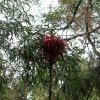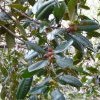Manly carrier RJ Wild claims to have witnessed the last Aboriginal corroboree in Manly held on vacant land near St Matthew’s Church on the Corso in the late 1870s. (Swancott nd, p. 70).
Mrs Janet Kennedy (nee Williams) recalls “that the Manly district contained a number of Aboriginal camps”. (Kennedy 1937) The people were living on a mixture of British food (especially tea, flour and sugar) and bush tucker.
Mrs O’Shanessy, a daughter of ferry engineer Robert Grant recalls “Where the Catholic Church now stands in Whistler Street there was an aboriginal camp that was nearly always occupied by a tribe of the coastal blacks, then an everyday feature of Manly’s life.” (Manly Council 1910, Official Jubilee History)

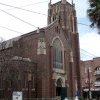
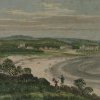
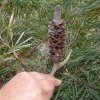
.thumbnail.jpg)
